Innovative Trends in PCB Printing That Will Transform the Electronics Industry
The electronics industry is undergoing a remarkable transformation, largely driven by innovative trends in PCB printing.
According to a recent report by Research and Markets, the global PCB market is expected to reach $75 billion by 2027,
growing at a CAGR of 3.5% from 2020. As demand for smaller, lightweight, and more complex circuitry increases,
advanced PCB printing techniques such as additive manufacturing and inkjet technology are gaining traction.
These innovations not only enhance production efficiency but also reduce material waste, aligning with the industry's push towards sustainability.
With the implementation of smart technologies and automation in PCB printing processes, manufacturers are poised to achieve
greater precision and scalability, ultimately reshaping the landscape of electronics design and production.
The future of PCB printing is not just about evolution; it’s a revolution that promises to redefine
the capabilities and applications of printed circuit boards.

Emerging Technologies Revolutionizing PCB Printing Techniques
Emerging technologies are set to revolutionize PCB printing techniques, fundamentally altering how the electronics industry operates. Recent studies indicate that the global PCB market is expected to reach $100 billion by 2025, with advanced manufacturing techniques leading this growth. One significant trend is the adoption of additive manufacturing, or 3D printing, which allows for more intricate designs and reduced material waste. This not only enhances product performance but also significantly shortens the production cycle, enabling quicker time-to-market for innovations.
Another key innovation is the integration of AI and machine learning into PCB design and manufacturing. These technologies help in predictive maintenance and quality control, thereby reducing defects and increasing efficiency. According to a report by MarketsandMarkets, the use of AI in the manufacturing sector could save the industry over $200 billion by 2025. As companies embrace these advanced technologies, the result will be not only smarter PCBs but also the creation of highly customized products to meet diverse consumer needs.
Tips: When exploring new PCB printing techniques, always consider the long-term sustainability of the materials used. Prioritizing biodegradable or recyclable options can greatly reduce your environmental impact. Additionally, leverage advanced simulation tools to optimize your design before moving to production, which can help in identifying potential issues early in the design cycle.
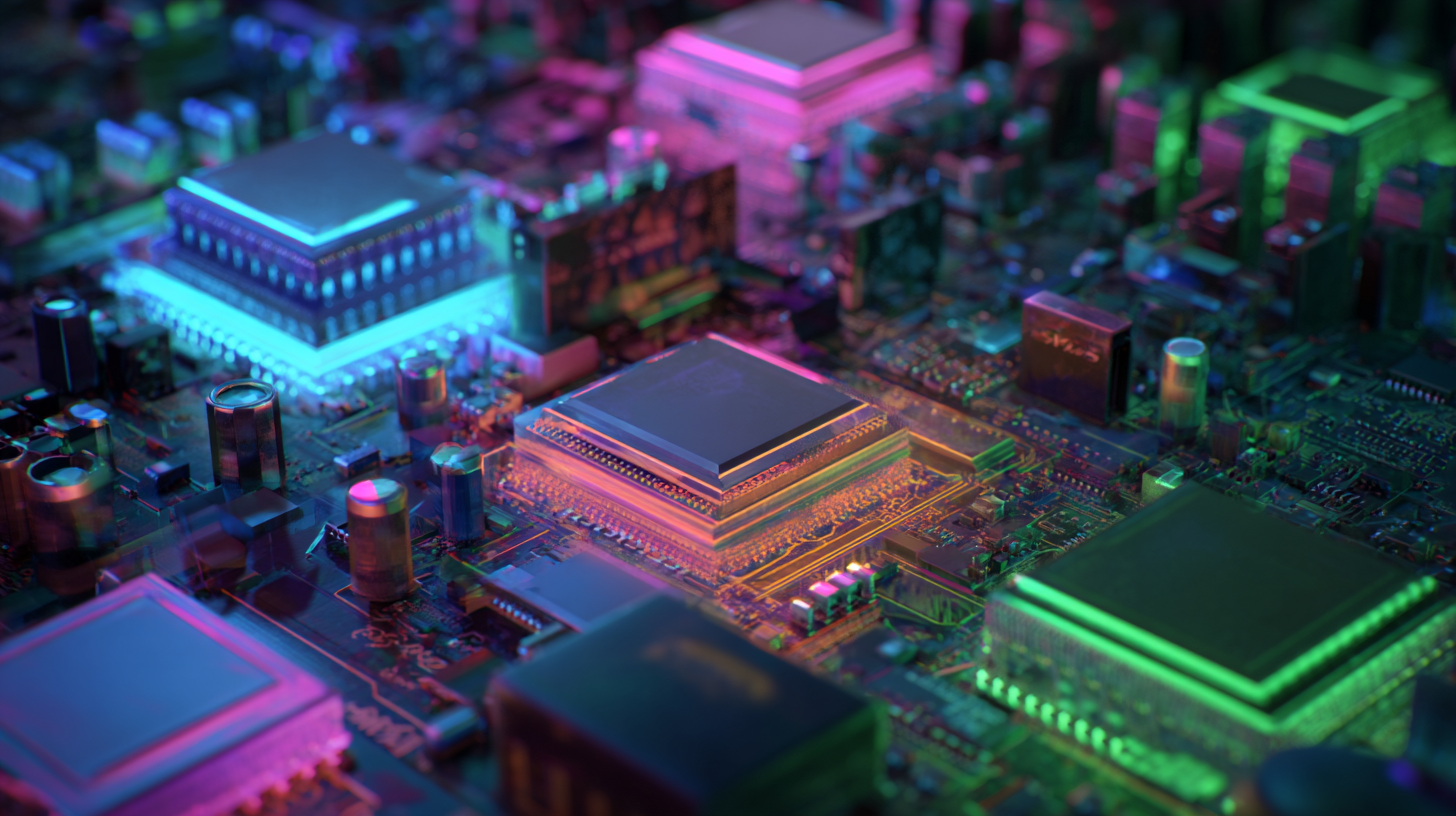
Sustainable Practices in PCB Manufacturing for a Greener Future
The trend towards sustainability in PCB manufacturing is rapidly gaining traction as industry players recognize the urgent need to reduce their ecological footprint. According to a recent report by IPC, the global electronics industry is projected to reach $2 trillion by 2026, highlighting the importance of integrated sustainable practices in an ever-expanding market. Innovations such as the implementation of lead-free solder and the use of biodegradable materials are not only minimizing waste but also addressing the environmental impact of hazardous substances traditionally used in PCB production.
Companies are increasingly adopting circular economy principles in their manufacturing processes. For instance, the IEEE has noted that recycling electronic waste can recover up to 95% of materials used in PCBs, significantly contributing to resource conservation. This shift not only aligns with global sustainability goals but also opens up new avenues for cost-efficiency and innovation in product design.
Tips: For manufacturers looking to embrace sustainable practices, consider investing in software for lifecycle analysis to track environmental impact effectively. Additionally, collaborating with supply chain partners committed to sustainability can enhance overall efficiency and minimize waste. Lastly, employee training programs focused on eco-friendly practices can foster a culture of sustainability within the organization, leading to long-term benefits.
Enhancing Design Flexibility Through 3D PCB Printing Innovations
The advent of 3D PCB printing is revolutionizing the electronics industry, providing unprecedented design flexibility that traditional methods cannot match. According to a recent report by Gartner, the global 3D printing market is expected to grow to $34.8 billion by 2024, with PCB printing being a significant contributor to this growth. This shift allows designers to create complex circuit geometries and multilayer boards that cater to advanced applications, such as IoT devices and wearables, without the constraints of conventional manufacturing processes.
Moreover, 3D PCB printing facilitates rapid prototyping and faster time-to-market, which is crucial in today's fast-paced technology landscape. A survey conducted by IDTechEx indicates that companies adopting 3D printing for PCBs have reduced their prototyping costs by up to 70%, thereby enabling more iterative design processes. This not only enhances innovation but also allows for customizable electronics tailored to specific consumer needs. With advancements in materials and printing techniques, the integration of 3D-printed PCBs into electronic products is set to become mainstream, heralding a new era in electronics design and manufacturing.
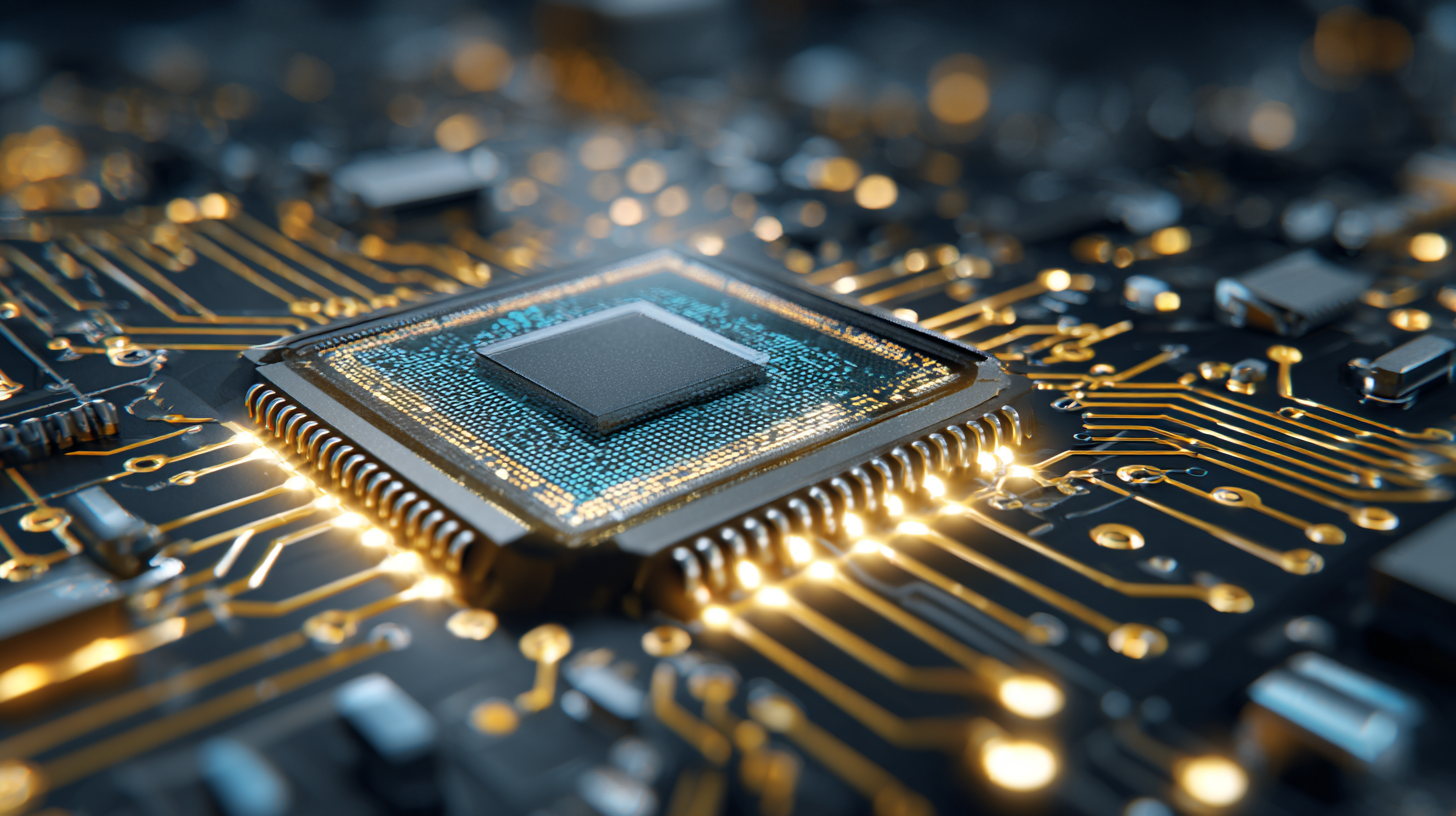
Automating PCB Production: Benefits and Challenges Ahead
The automation of printed circuit board (PCB) production is on the rise, revolutionizing the way electronics are manufactured. By employing robotics and AI-driven processes, manufacturers can enhance efficiency and accuracy while significantly reducing human error. This shift allows for faster turnaround times and the ability to meet increasing market demands for compact and complex electronic devices. Automated systems can manage the assembly line, accurately place components on PCBs, and streamline quality control measures, ultimately leading to a more robust production environment.
However, transitioning to automated PCB production is not without its challenges. The initial investment in advanced machinery and software can be substantial, and companies must navigate the complexities of integrating these systems into their existing workflows. Additionally, skilled workers who understand both the technology and production processes are essential to ensure optimal performance and maintenance of the automated systems. As the industry grapples with these hurdles, it remains evident that the benefits of increased productivity and precision in PCB manufacturing will play a crucial role in shaping the future of electronics.
Innovative Trends in PCB Printing: Automating PCB Production
This bar chart illustrates the projected increase in the rate of automated PCB production from 2021 to 2025. With advancements in technology, the shift towards automation is expected to significantly enhance production efficiency and reduce manufacturing costs in the electronics industry.
Smart Fabrics and Flexible Circuitry: The Future of Wearable Electronics
The evolution of technology has ushered in a new era for wearable electronics, primarily driven by advancements in smart fabrics and flexible circuitry. These innovative materials integrate electronic components with textile fibers, allowing garments to not only provide comfort but also functionality. For example, smart fabrics can monitor vital signs such as heart rate and temperature, paving the way for a more interactive and health-conscious experience for users. This seamless integration of electronics into clothing transforms traditional wearables into versatile, multifunctional devices.
Flexible circuitry plays a crucial role in this transformation by enabling the production of lightweight, conformable, and durable electronic systems that can be embedded into garments without hindering their aesthetic or comfort. Manufacturers are increasingly adopting methods such as inkjet printing and screen printing to create intricate circuits on soft substrates, which can bend and stretch without losing performance. As these technologies evolve, we are likely to see a plethora of applications, from sports performance tracking to fashion that adapts to environmental conditions, setting the stage for a future where wearable technology becomes an indispensable part of daily life.
Related Posts
-
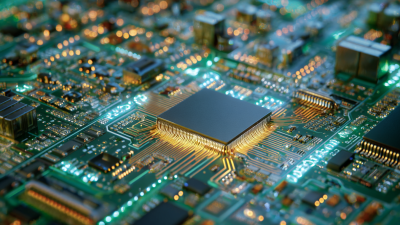
Transforming Industries: The Future of PCB Production and Its Impact on Technology
-
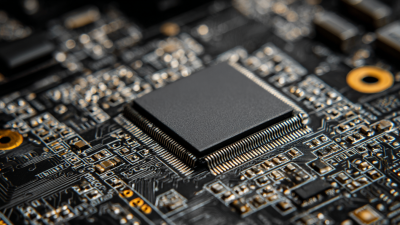
Unlocking Efficiency: The Future of PCB Production Techniques in Modern Electronics
-
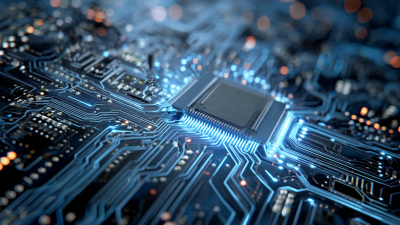
Understanding the Impact of Printed Circuit Board Assembly on Today's Electronics Industry and Market Growth
-

Master the Art of Circuit Design Software for Innovative Electronics Solutions
